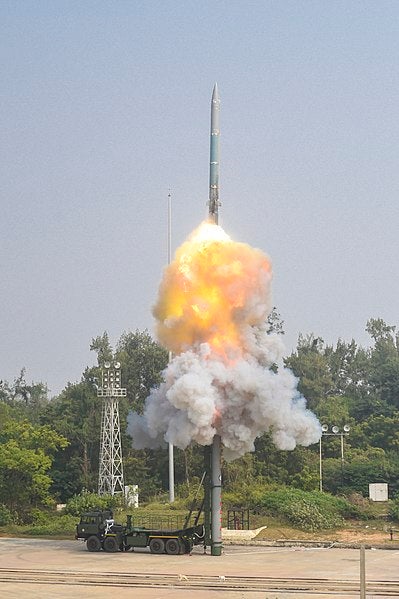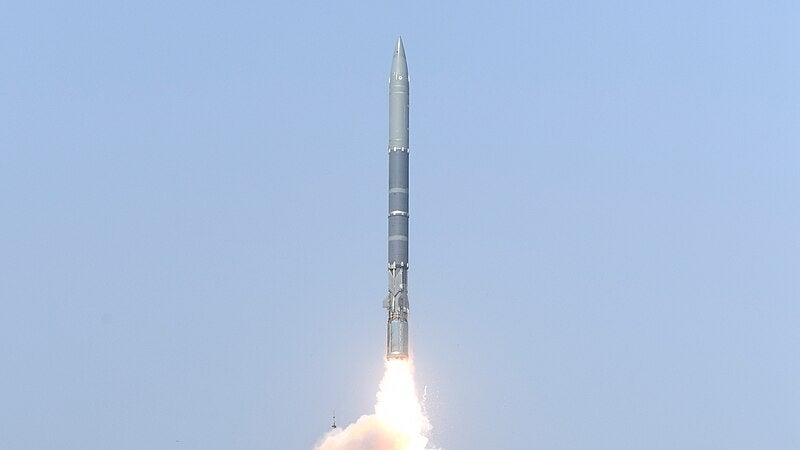India Conducts Successful Flight Test Of The Supersonic Missile Assisted Torpedo (SMART) System
On May 1, the Indian government’s Defense Research and Development Organization (DRDO) performed a successful flight test of the Supersonic Missile Assisted Torpedo (SMART) system at Dr. APJ Abdul Kalam Island off the Odisha coast. The test, conducted using a ground-based canister launch system, was overseen by several senior scientists from DRDO laboratories, as well as representatives from manufacturing partners.
According to a statement issued by the Ministry of Defense of India’s Press Information Bureau, the test, which marks an important milestone in the Indian Navy’s efforts to develop its anti-submarine warfare capabilities, was conducted to verify various state-of-the-art mechanisms of the Supersonic Missile Assisted Release of Torpedo system (SMART), such as symmetrical separation, ejection, and velocity control.
Indian Defense Minister Rajnath Singh congratulated the DRDO and industry partners on the successful flight test, stating that the development of the SMART system will further enhance the strength of the Indian Navy. Dr. Samir V. Kamat, Secretary of R&D for the Indian Ministry of Defense and Chairman of DRDO, praised the SMART team’s collaborative efforts and encouraged them to continue on the path of excellence.

SMART is a next-generation missile-based light torpedo propulsion system designed and developed by the Defense Research and Development Organization (DRDO) to extend the Indian Navy’s anti-submarine warfare capability well beyond the range of conventional light torpedoes. This canister-based missile system consists of various advanced subsystems such as a two-stage solid propulsion system, electro-mechanical actuators for course correction, and an inertial navigation system (INS). The system, which can travel at supersonic speeds, can reach a range of 643km, and employs sea skimming to reduce detection range. In addition to its 50 kg high-explosive warhead, the system can carry a payload of an advanced lightweight torpedo with a 20km range, along with a parachute-based release system.

